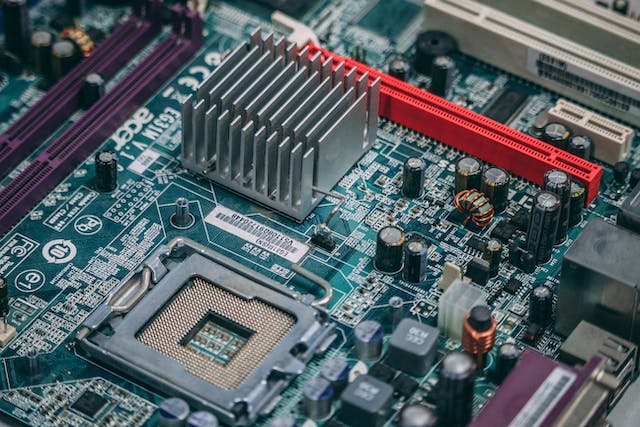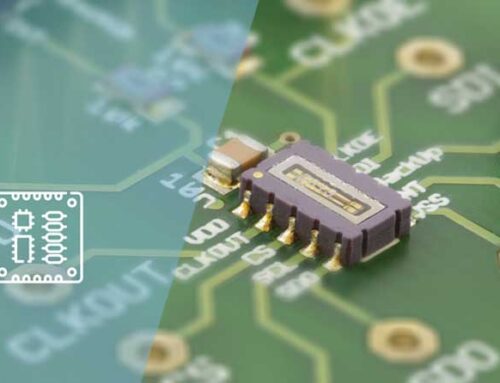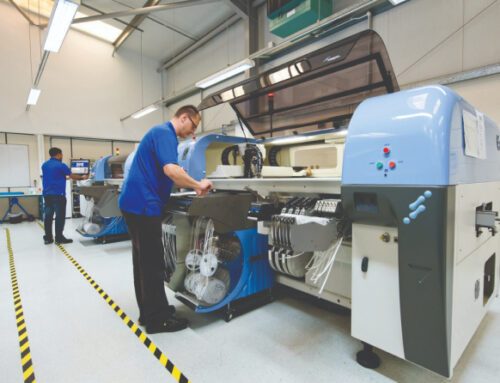Understanding Design for Manufacturing (DFM) in PCB Assembly

In order to implement maximum efficiency in Printed Circuit Board (PCB) Assembly, it’s important to optimise the design and manufacturing process to reduce cost, save time, and avoid discrepancies. Here’s where Design for Manufacturing (DFM) comes into play. It’s a pivotal process that ensures the seamless production of PCBs.
As a market leader in electronics manufacturing, Bela Electronics specialises in prototyping, new product innovation, and PCB assembly. Over the years, we have developed an excellent reputation in designing, manufacturing and assembling PCBs, and still to do this day we continue to grow and innovate in the market.
Read on as we dive deep into the importance of DFM, its key principles, and how Bela Electronics can help you in effectively implementing it.

The Significance of Design for Manufacturing (DFM)
The transition from a design blueprint to a functional, efficient product is a critical phase. This is where the concept of Design for Manufacturing (DFM) is highly significant. It is the process of designing a product in a manner that not only meets the intended purpose but also facilitates its smooth and cost-effective production. It considers every step of the manufacturing process, from the selection of materials to the assembly methodology to optimize resources and minimize potential issues.
Through robust DFM principles, a company can significantly reduce production costs, enhance product quality, and accelerate time-to-market. It allows seamless collaboration between design and manufacturing teams to ensure that the final product aligns precisely with the initial vision.
Furthermore, DFM plays a major role in avoiding potential design flaws or inefficiencies that may arise during production. By anticipating these issues, you can save both time and resources instead of rectifying post-production discrepancies.













